Keno Jiru is a warm and healthy soup that people in northern Japan, especially in the Tsugaru area of Aomori Prefecture, have loved for hundreds of years. Families in this snowy region cook this dish to stay nourished and comforted during the cold winter months. In this article, we’ll explore what Keno Jiru is, how it began, and why it’s still an important part of Japanese food culture today.
What Makes Keno Jiru Special?
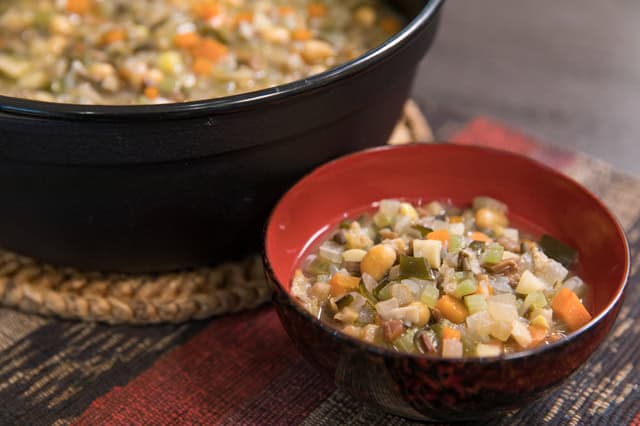
People make Keno Jiru by chopping many types of vegetables and wild plants into tiny pieces and cooking them in a flavorful broth. Common ingredients include daikon radish, carrots, burdock root, and wild mountain plants such as bracken and butterbur. They also add freeze-dried tofu, soybeans, and sometimes other beans. The broth usually comes from dashi (a stock made from seaweed or fish), and many cooks season it with miso paste, giving the soup a rich, earthy flavor.
The name “Keno Jiru” comes from the local Tsugaru dialect. In this dialect, people say “ke” instead of “kayu,” which means porridge. “Jiru” means soup. So the full name roughly means “porridge soup.” Long ago, people poured this soup over rice porridge to make a simple but filling meal.
Some areas, like parts of nearby Akita Prefecture, have their own twist on the soup. For example, in Akita, people might add “yakizunda,” which is grilled mashed green soybeans, to give the soup a smoky, nutty flavor.
The Story Behind the Soup
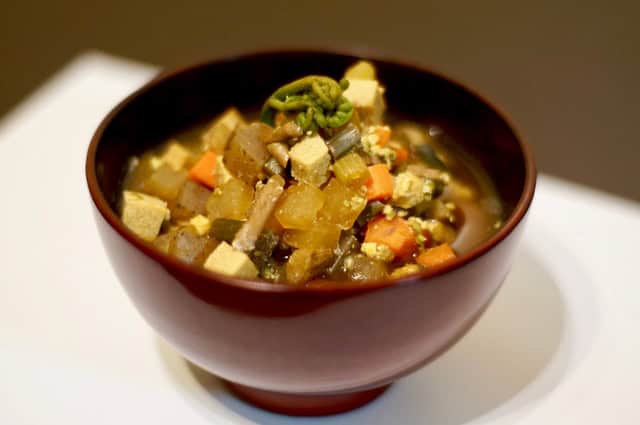
The story of Keno Jiru goes back about 400 years. One popular theory says that warriors first made this soup during a winter battle near the New Year, when they had to use whatever food they had on hand. According to this tale, the soldiers gathered vegetables like carrots, burdock, and radish, chopped them up, and cooked them in a large pot to keep warm and full during the siege.
Later, people in the Tsugaru region began to prepare Keno Jiru every year during the “Little New Year,” which starts around January 15 or 16 based on the lunar calendar. During the main New Year celebrations, women often worked hard cooking and cleaning. But during the Little New Year, they took a break. To make that possible, families cooked big pots of Keno Jiru in advance. The soup could be stored and reheated for several days, and its flavor often improved the longer it sat.
Why Keno Jiru Still Matters
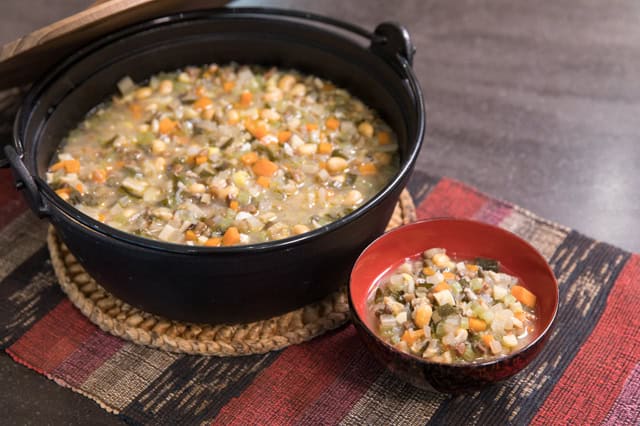
Keno Jiru is more than a bowl of soup. It’s a part of northern Japan’s history and way of life. The people who created it used the plants and vegetables around them, made the most of what they had, and passed down the recipe through generations. Even now, families in Aomori and nearby regions still cook this dish in winter. Some cook it for the New Year, while others make it just to enjoy its warm, rich taste.
If you enjoy soups packed with vegetables, Keno Jiru is worth trying. It’s full of flavor, history, and heart. And if you’re curious about other regional Japanese soups, you might also want to taste Ozoni, Imoni, or Kenchin Jiru—each with its own special story and ingredients.
FAQ
- What is Keno-jiru?
Keno-jiru is a traditional vegetable soup from Akita, made with finely chopped root vegetables, wild plants, tofu, and miso-based broth.
- Why is it called “Keno-jiru”?
The name comes from the old Japanese word “keno” meaning “finely chopped.” All the ingredients are cut into small pieces before cooking.
- When is Keno-jiru usually eaten?
It’s a winter comfort food, often served during New Year’s and at family gatherings in Akita.
- What does it taste like?
It has a hearty, earthy flavor from root vegetables and a rich umami taste from the miso broth.
- Is it healthy?
Yes, it’s very nutritious—packed with seasonal vegetables, fiber, and plant-based protein.
- Can vegetarians or vegans eat it?
Yes, if made with only vegetables and tofu. However, some recipes use fish-based broth (dashi), so check before ordering.
- Where can I try Keno-jiru in Akita?
It’s often served in local restaurants, ryokan (Japanese inns), and during winter food festivals in Akita.
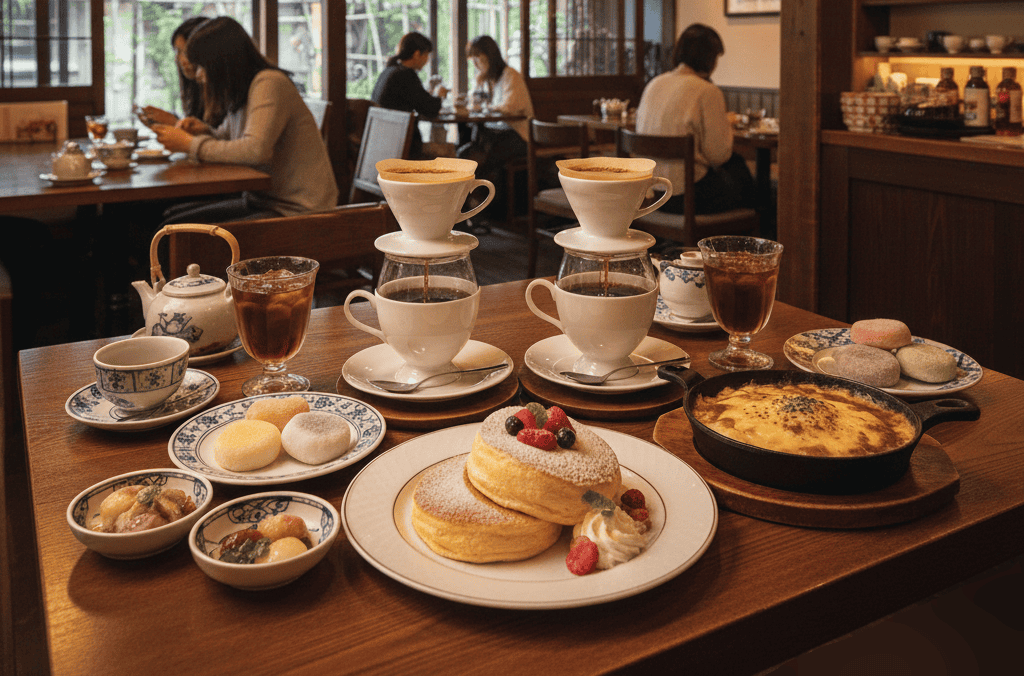
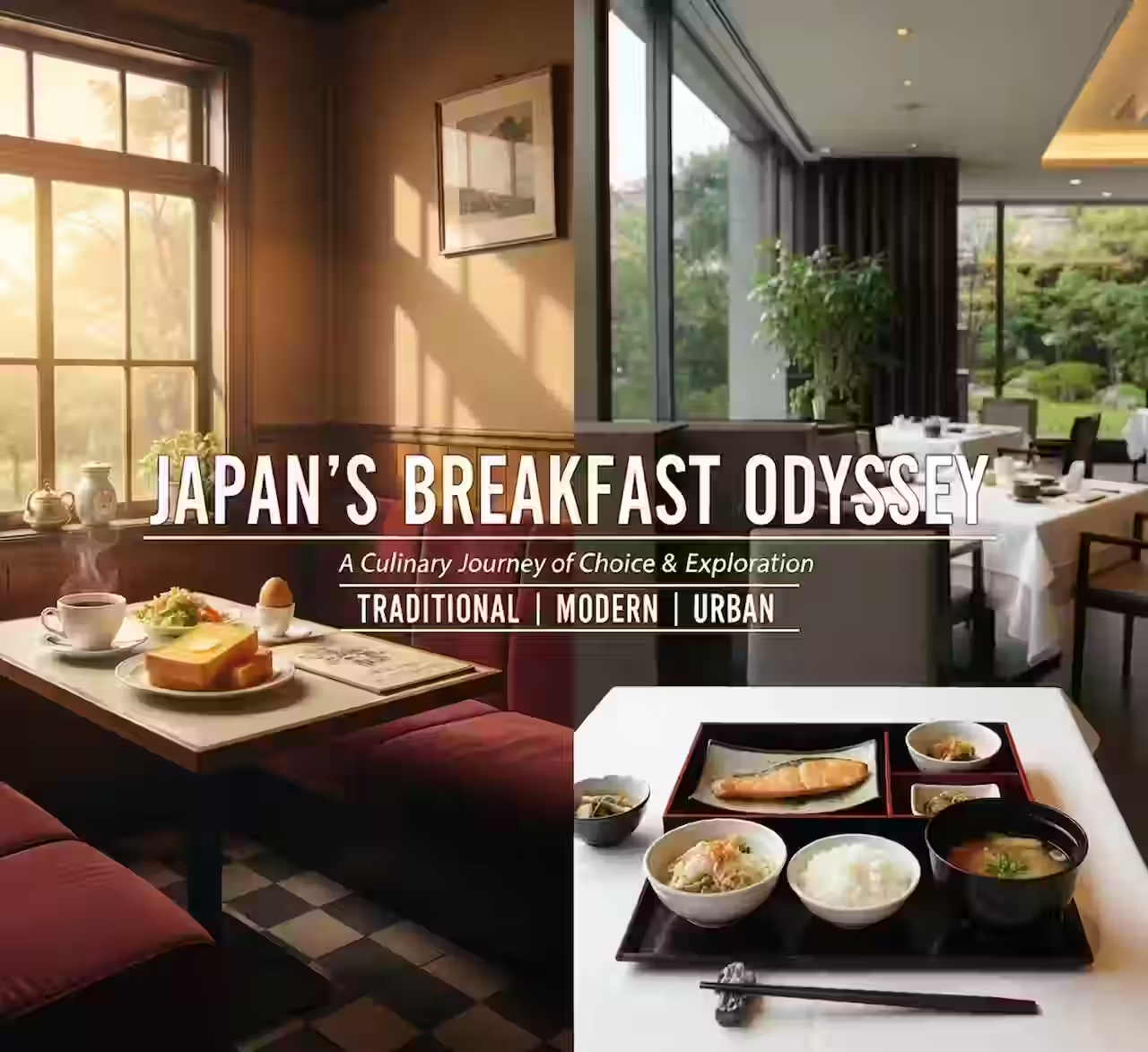
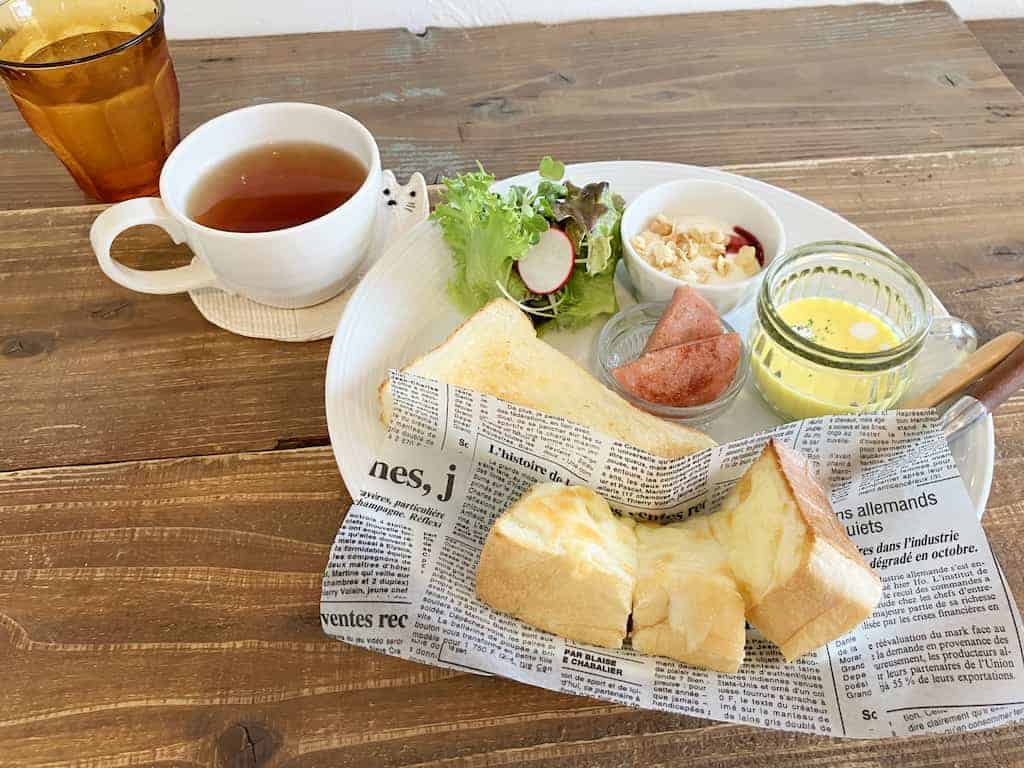
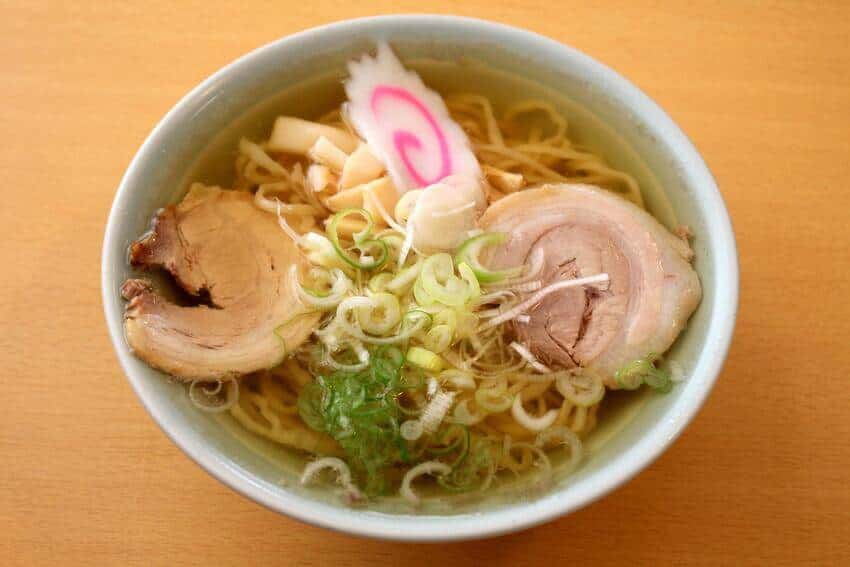



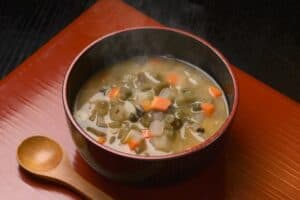
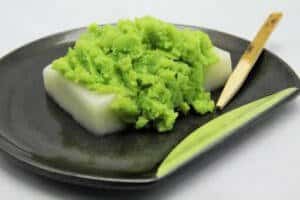
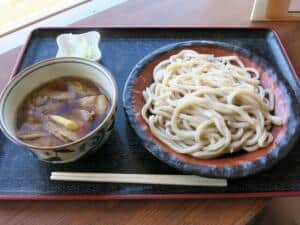
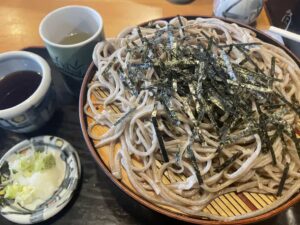

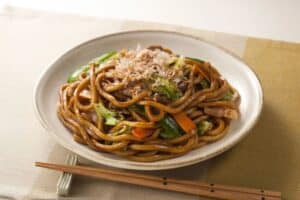
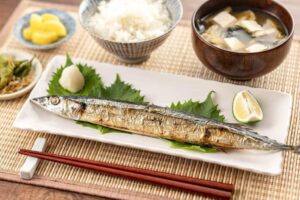
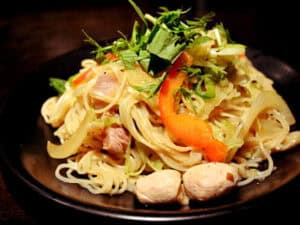

Comments